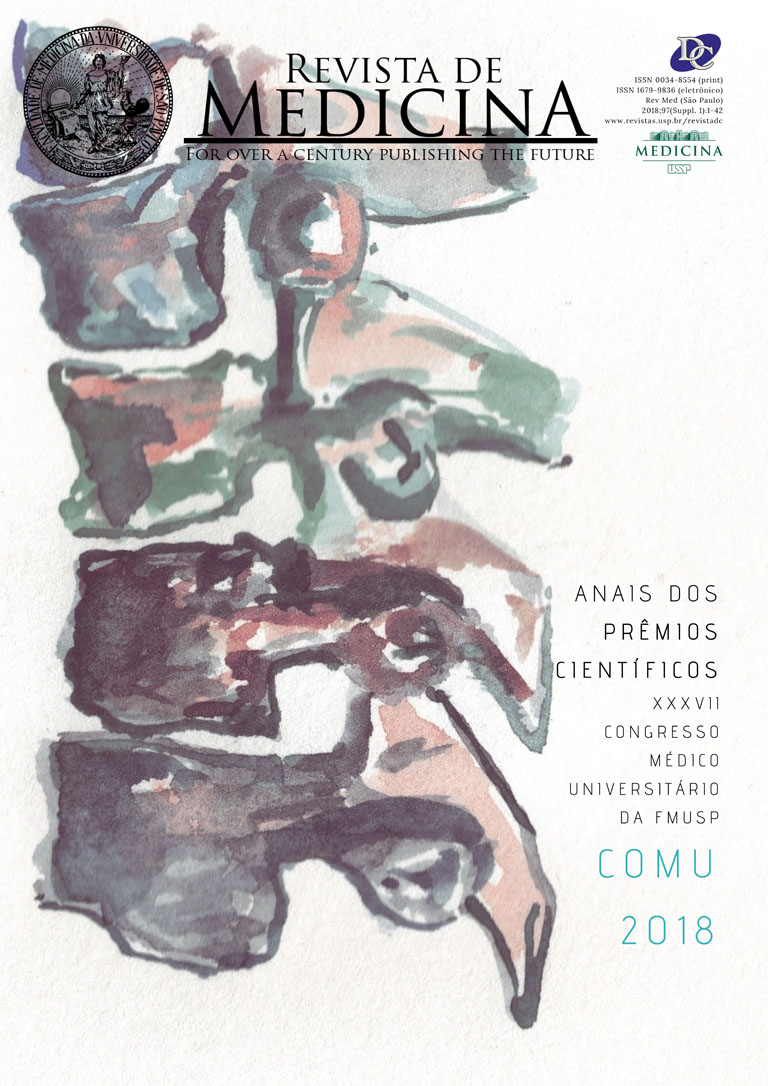Morphometry and frequency of the pyramidalis muscle in adult humans
DOI:
https://doi.org/10.11606/issn.1679-9836.v97iSuppl.1p7-7Palavras-chave:
Músculos Abdominais, Dissecação, Tamanho do Órgão, Prevalência, CadáverResumo
The pyramidalis muscle presents variable morphometry and frequency among populations, and the knowledge of such variations may serve as a support for clinical practice and surgical procedures. However, this muscle is little described in the medical literature, and studies of this order have not been performed in the brazilian population. Thus, we dissected 30 cadavers, exposing the pyramidalis and taking photos for posterior measuring in image processing program. We verified frequency - bilaterality, unilaterality and absence - and morphometry - medial border length and width at basis - of the muscle. We verified that there was length symmetry between right and left sides, but no width symmetry. Moreover, there were no statistically significant correlations between the muscle dimensions (length and width) and age, height, weight, nor gender, although, in the present study, men presented longer - but women wider - pyramidalis muscle. Furthermore, the dimensions range of the pyramidalis were bigger in men. Note: it was adopted significance level of 0.05; and two degrees of decimal accuracy. The data obtained was also compared to other studies, revealing that the brazilian population presented an average incidence compared to other populations and that unilaterality was more prevalent and its absence less prevalent than in other populations. Therefore: 1. Due to the muscle´s great variability it’s hard to use it as a reference for incisions; 2. The pyramidalis muscle proved to be very prevalent, enhancing the viability of using it as a graft and as source of stem cells for various purposes.
Downloads
Downloads
Publicado
Edição
Seção
Licença
Copyright (c) 2018 Revista de Medicina (São Paulo)

Este trabalho está licenciado sob uma licença Creative Commons Attribution-ShareAlike 4.0 International License.




